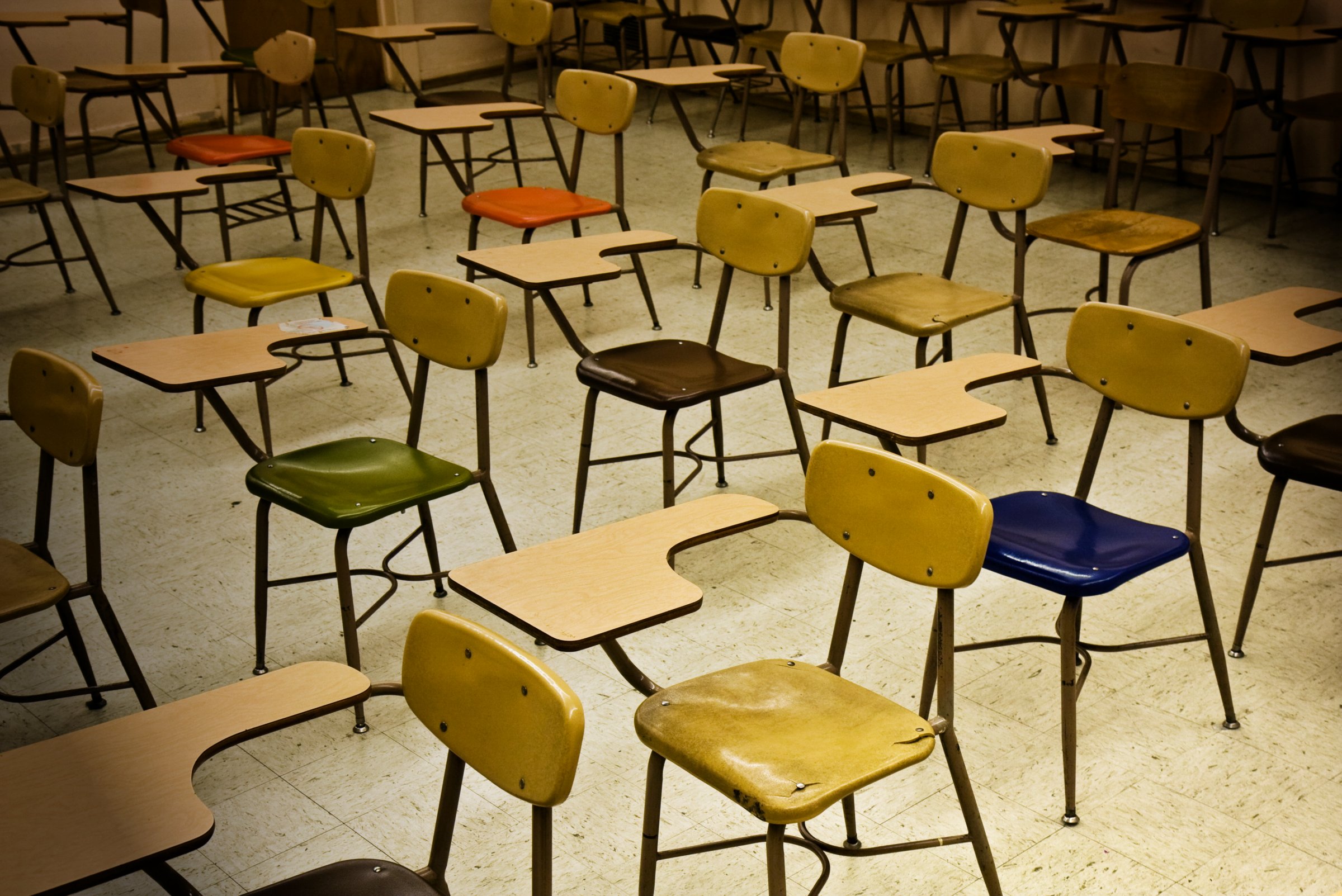
With a new school year comes a fresh start and new teachers to meet. But with current racial tensions at some of the highest levels we have seen in years, schools are one place where those tensions come together, far too often with not so great results. Therefore, the questions that parents ask about their child’s school are very important.
Many schools host a Back-to-School Night but sometimes parents struggle with finding the right questions to ask their child’s teacher or principal.
Parents should understand what their child’s teacher and principal thinks about issues of educational equality in order to address the racial achievement gap in schools across the United States.
1. What is the school’s plan to ensure that every student has equal access to the highest quality educational experiences?
The adage is true: no one plans to fail, but most fail to plan. And this is also the case for schools. Far too many schools still do not plan for equality. If the principal is not aware of, and focused on, addressing the inequalities that exist in the school, whether they be race/ethnicity, income, ability, gender or sexuality, then it will be difficult to address them.
Schools cannot address what they do not acknowledge. However, research suggests that schools that have improved achievement for all students—especially children of color—keep equality at the core of all decisions and everything that they do.
2. How are students grouped into classes?
Students traditionally have been grouped into classrooms based on their academic ability levels. This unfortunately is one of the main ways that schools perpetuate unequal access to high quality learning opportunities for all children. Despite decades of research that documents its ineffectiveness, schools continue to group students based on their academic ability. Students are thus “tracked” into remedial, regular or accelerated classes, which produce distinctly different, and often inequitable, outcomes.
While it may be easier for educators to target their teaching in tracked classrooms, it often further segregates students by race and socioeconomic status and places some students in lower-tracked classrooms away from the best teachers and highest quality instruction that is occurring in other parts of the school.
3. How are teachers assigned to particular groups of students?
Unfortunately, students who need the most academic support are too often placed in classrooms with the least experienced and ineffective teachers. While experience alone is not a sufficient indicator of effective teaching, the best and most effective teachers should not all be teaching only accelerated courses.
4. What is the school’s special education data broken down by race, socioeconomic status and gender?
It is problematic that in most schools, the only way for students to get additional or individualized support is if they are labeled for special education. And not every school is equipped to service children with disabilities, so students sometimes have to travel across town to access these services. While there is nothing inherently wrong with special education services, it is troubling when students are misdiagnosed and placed into special education for behavior issues or for learning in nontraditional ways. Unfortunately in too many schools, special education has become a dumping ground for children of color, especially African American and Latino males from low-income backgrounds. This should not be. According to research, only 8% to 12% of a school’s population should be labeled for special education.
5. How universally accessible and culturally relevant is the curriculum and instruction?
Curriculum and instruction in most schools are often very narrow, and mostly only effective for those students who learn best through direct instruction (i.e., lectures, note taking, etc.), which does little to nothing for students with diverse learning styles or to further students’ critical thinking skills.
However, now more than ever, the student population in U.S. schools is more racially, linguistically, and socioeconomically diverse. Students thus need curriculum and instructional practices that are culturally reflective of their backgrounds and that can be accessed and understood by any learner—no matter their background.
Back-to-School Night is usually not easy for the student, parent or teacher. But with the right questions, parents can feel more prepared about the upcoming school year.
More Must-Reads From TIME
- The 100 Most Influential People of 2024
- Coco Gauff Is Playing for Herself Now
- Scenes From Pro-Palestinian Encampments Across U.S. Universities
- 6 Compliments That Land Every Time
- If You're Dating Right Now , You're Brave: Column
- The AI That Could Heal a Divided Internet
- Fallout Is a Brilliant Model for the Future of Video Game Adaptations
- Want Weekly Recs on What to Watch, Read, and More? Sign Up for Worth Your Time
Contact us at letters@time.com